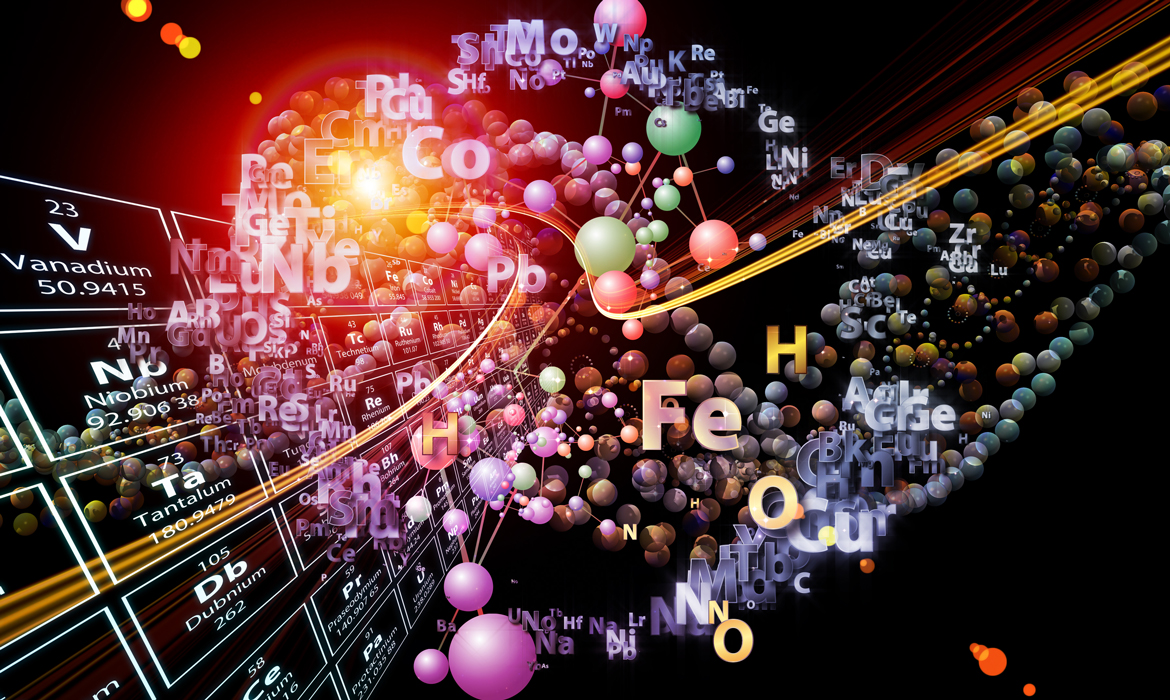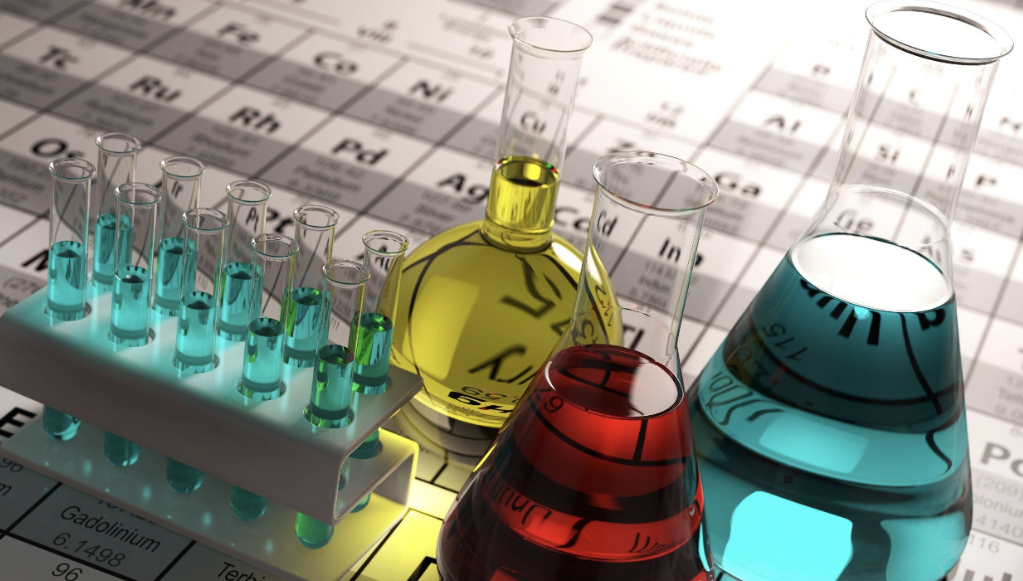The periodic table

The periodic table


The periodic table of elements is a visual representation of the chemical elements arranged according to their atomic structure and chemical properties. It is a useful tool for chemists and other scientists who study the properties of matter, as it allows them to predict how elements will behave in certain chemical reactions.

The periodic table contains 118 elements, each with its own unique properties and characteristics. Elements are organized into rows, called periods, and columns, called groups or families. The rows represent the number of electron shells that an element has, while the columns indicate the number of valence electrons, or outermost electrons, that an element has.

The elements in each group or family share similar chemical properties due to their similar electron configurations. For example, the alkali metals in Group 1 (e.g., lithium, sodium, potassium) are all highly reactive and tend to form ionic compounds with nonmetals. The noble gases in Group 18 (e.g., helium, neon, argon) are unreactive and tend to exist as monatomic gases in their natural state.

The periodic table also includes various categories of elements, such as metals, nonmetals, and metalloids. Metals are typically shiny, conductive, and malleable, while nonmetals are usually dull, brittle, and poor conductors of electricity. Metalloids, as their name suggests, have properties of both metals and nonmetals and are often used as semiconductors in electronic devices.

Overall, the periodic table of elements is an essential tool for chemists and other scientists who work with matter. By understanding the patterns and trends of the elements on the table, researchers can predict how elements will behave and develop new materials and compounds with specific properties.

Dmitri Ivanovich Mendeleev was a Russian chemist and inventor, born on February 8, 1834, in Siberia. He is best known for his development of the periodic table, which is still used today as a fundamental tool in the study of chemistry. Mendeleev's interest in science began at an early age, and he went on to study chemistry at the University of St. Petersburg. In 1869, he published his periodic table, which organized the elements by their atomic weights and predicted the existence and properties of undiscovered elements. Mendeleev's periodic table was a major breakthrough in the field of chemistry and had a significant impact on the development of modern science. He also contributed to the study of solutions, gases, and the behavior of matter at high pressures. In addition to his scientific work, Mendeleev was a passionate advocate for education and played a key role in the development of the Russian educational system. He was also an accomplished inventor and is credited with the invention of the pyrocollodion process, which was used to produce smokeless gunpowder. Mendeleev was honored with numerous awards and recognitions throughout his life, including the prestigious Davy Medal from the Royal Society in London. He died on February 2, 1907, at the age of 72, and is remembered as one of the greatest chemists in history. His contributions to science continue to inspire and inform new generations of scientists to this day.

If you have any questions for me you can concat me. And if you need anything don you can also concat me.